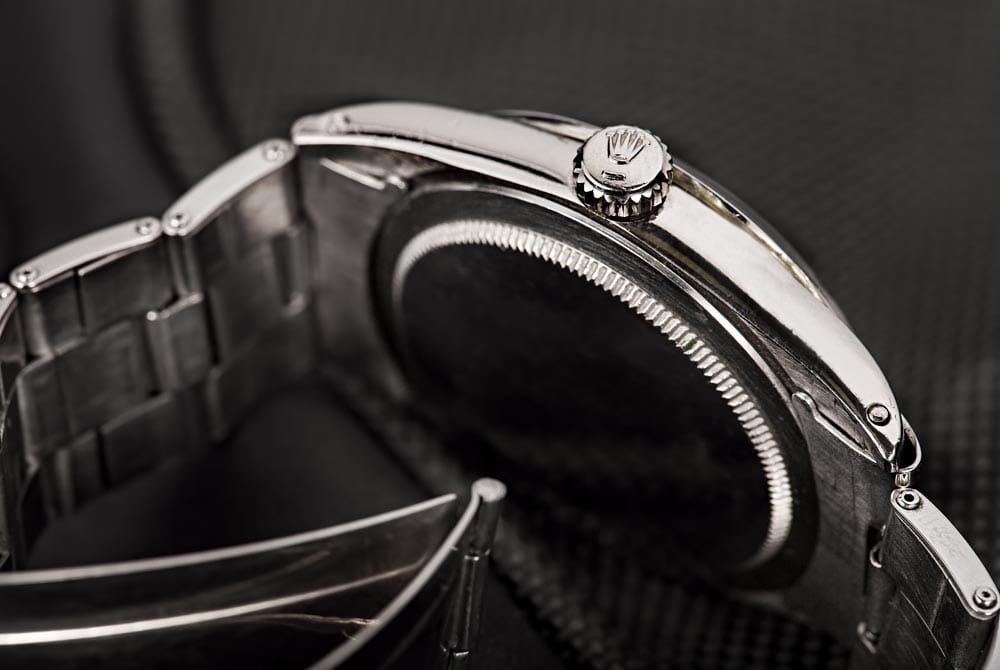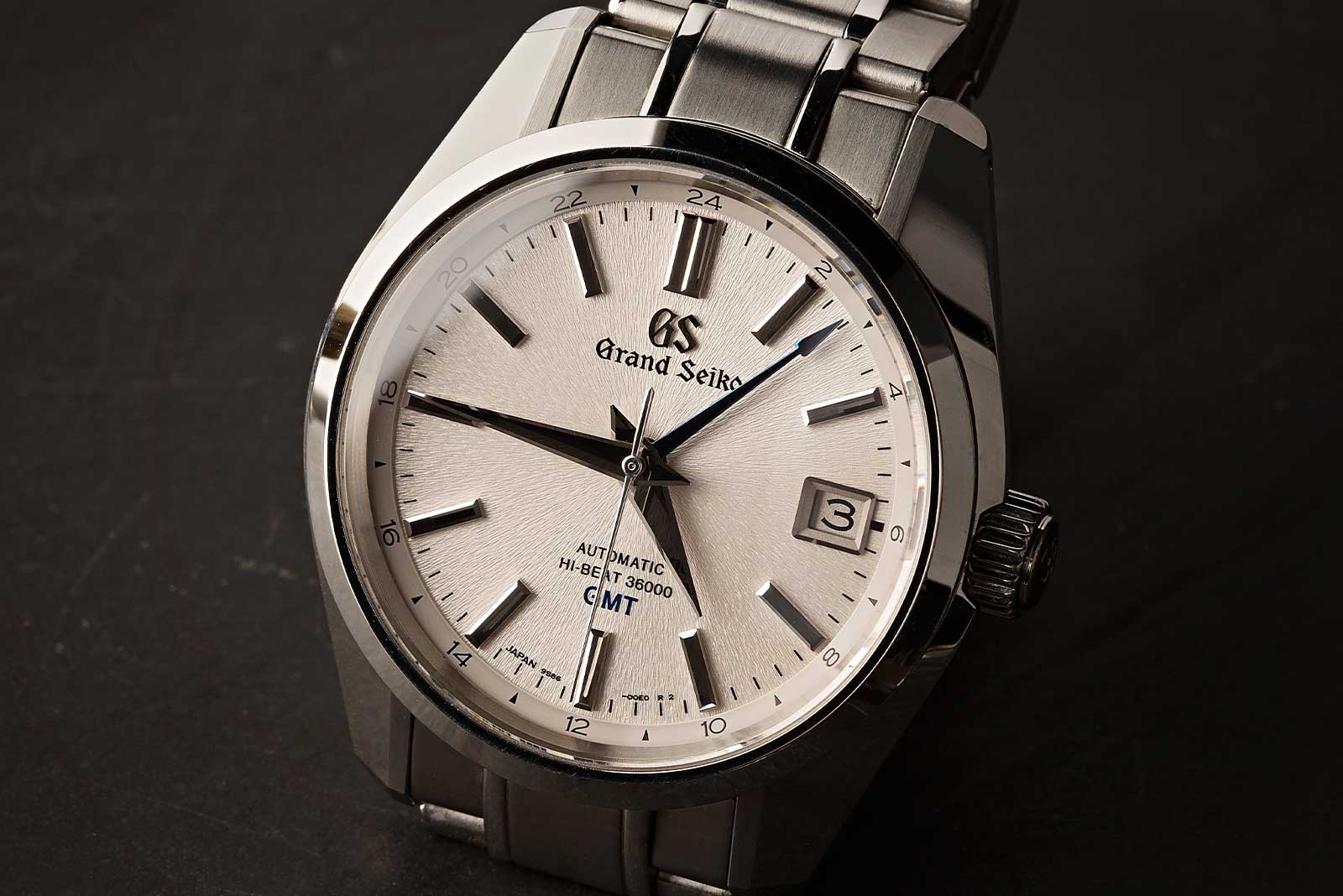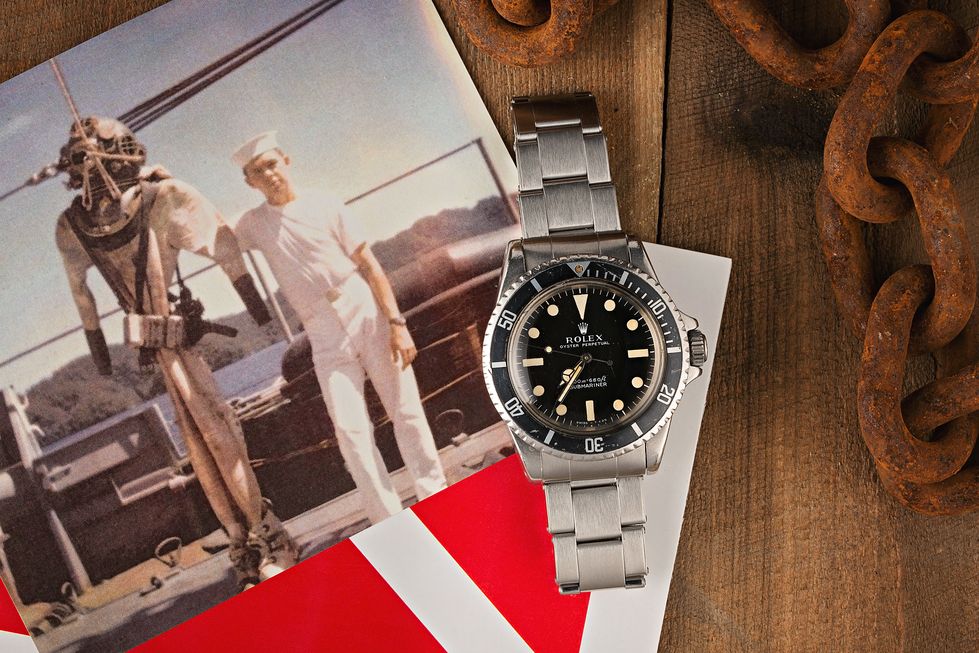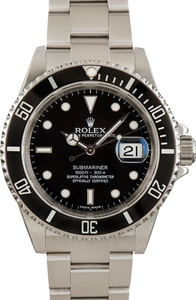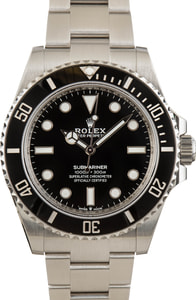When you spot the fluted bezel and winding crown on a luxury watch, chances are it’s a Rolex nestled inside that rugged stainless-steel case. This iconic look can be traced back to 1926 when Rolex introduced a revolutionary new case design called the Oyster. Before this invention, watches and their delicate mechanical movements were highly susceptible to dust, moisture, and pressure. But the revolutionary Oyster case designed by the iconic Rolex watch brand shielded the watch inside an airtight fortress that could withstand real-world wear and tear.
This groundbreaking Rolex innovation transformed watchmaking. Of course, waterproof designs existed prior, but they either failed to keep water out or required the entire watch to be handled awkwardly like a small clock to maintain integrity. With the Oyster case’s threaded back and screwed-down winding crown, Rolex perfected the formula for true water and dust resistance. This allowed their watches to accompany deep sea divers, motorsport drivers, polar explorers, and everyday wearers without risk of damage.
Over nearly a century, Rolex continued advancing their Oyster case through rigorous experimenting and testing from high altitudes to the deepest ocean trenches. Even as new Rolex watch families emerged, that rugged Oyster case always remained present whether on a classic Submariner model or a brand-new Yacht-Master. No matter the generation, that Oyster case ensures the longevity of both Rolex watches and their legacy.
Early Oyster Models
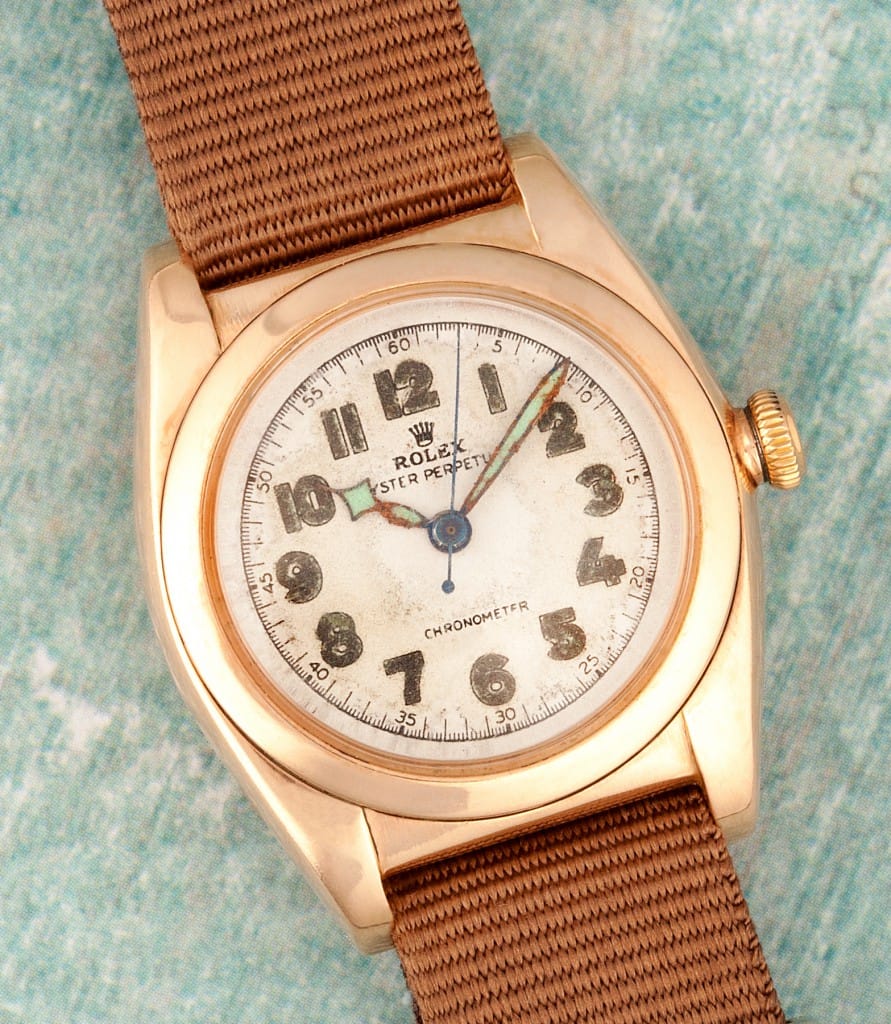
After over two years of intensive planning and testing, Rolex finally unveiled the first Oyster case in 1926 with a revolutionary new hermetic seal design. This first version featured a smaller 33 mm case size made of 21K gold and fitted with a newly patented screw-down winding crown along with a threaded screw-down fluted bezel and screw-down caseback. This created a sealed vacuum inside the case to keep dust and moisture out and protected the mechanical movement. Rolex showcased the ingenuity of its threaded sides concept that compressed the caseback, case body, winding crown, and crystal tightly together like an oyster shell giving the case its memorable name.
In 1927, Rolex released the 35 mm Rolex Oyster featuring its first in-house self-winding movement coupled with the trailblazing Oyster case. The following years saw Rolex experimenting with adding even more protective features like patented dust cover caps which could be unscrewed allowing the crown to still be wound without letting dust inside the case. By 1931, Rolex made another monumental improvement by merging their self-winding system with the Oyster case creating the first self-winding and waterproof wristwatch called the Rolex Oyster Perpetual. This pioneering model with its hermetically sealed Oyster case could be continually wound by the motion of the wearer’s wrist while keeping water and debris out for the first time. These early Oyster models sparked a revolution and laid the foundation for Rolex’s modern dive watches.
The Mercedes Gleitze Swims
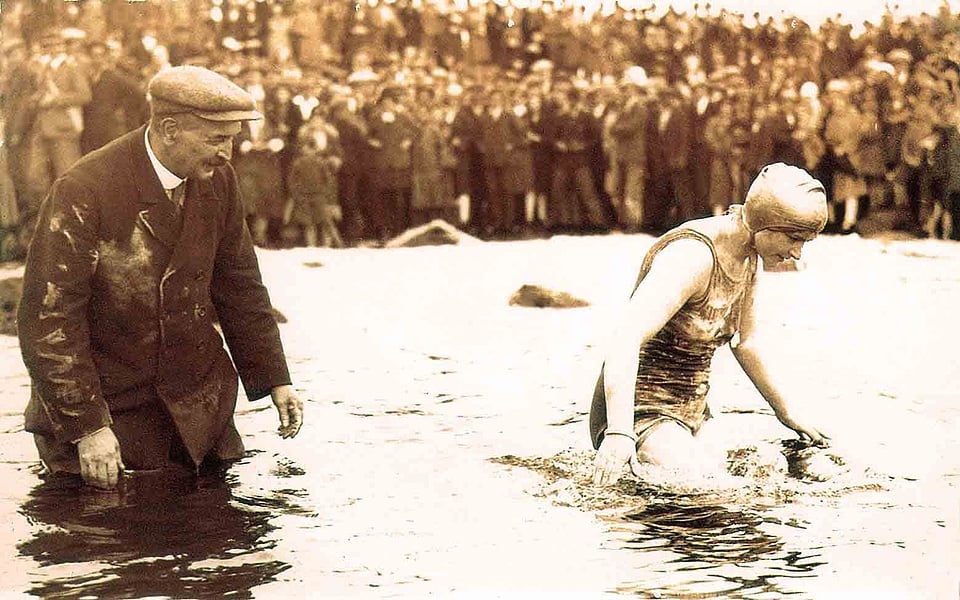
In October 1927, Rolex provided an incredible real-world demonstration of their supposedly waterproof Oyster case’s resilience. They had champion British swimmer, Mercedes Gleitze, wear a Rolex Oyster around her neck for over 10 hours as she became the first British woman to swim across the daunting and frigid English Channel. This arduous 21-mile marathon test across the Strait of Dover pushed Gleitze along tumultuous and bone-chilling waters which ultimately forced her to abandon the swim just 3 miles shy of completion due to extreme exhaustion.
Yet despite the immense physical strain she endured, the Oyster encasing her treasured Rolex watch emerged in flawless working order. She had worn the timepiece outside her thermal protective clothing with the pressure of open waters testing its Oyster case design to the limits. When manually wound afterward by an independent committee, they confirmed the movement still operated smoothly without a drop of moisture inside. This publicity feat demonstrated immense confidence in Rolex’s new water-resistant case technology that could shield watches not just from smaller splashes but even prolonged submersion.
In a dramatic twist several days later, Gleitze successfully became the first British female Channel swimmer on her second attempt. But her inspiring determination and partnership with Rolex already cemented the Oyster’s early triumph. This demonstration of the case’s protection under pressure alongside the self-winding capabilities Rolex added shortly after fueled the Oyster legend for decades to come.
Evolution in Deep Sea Diving
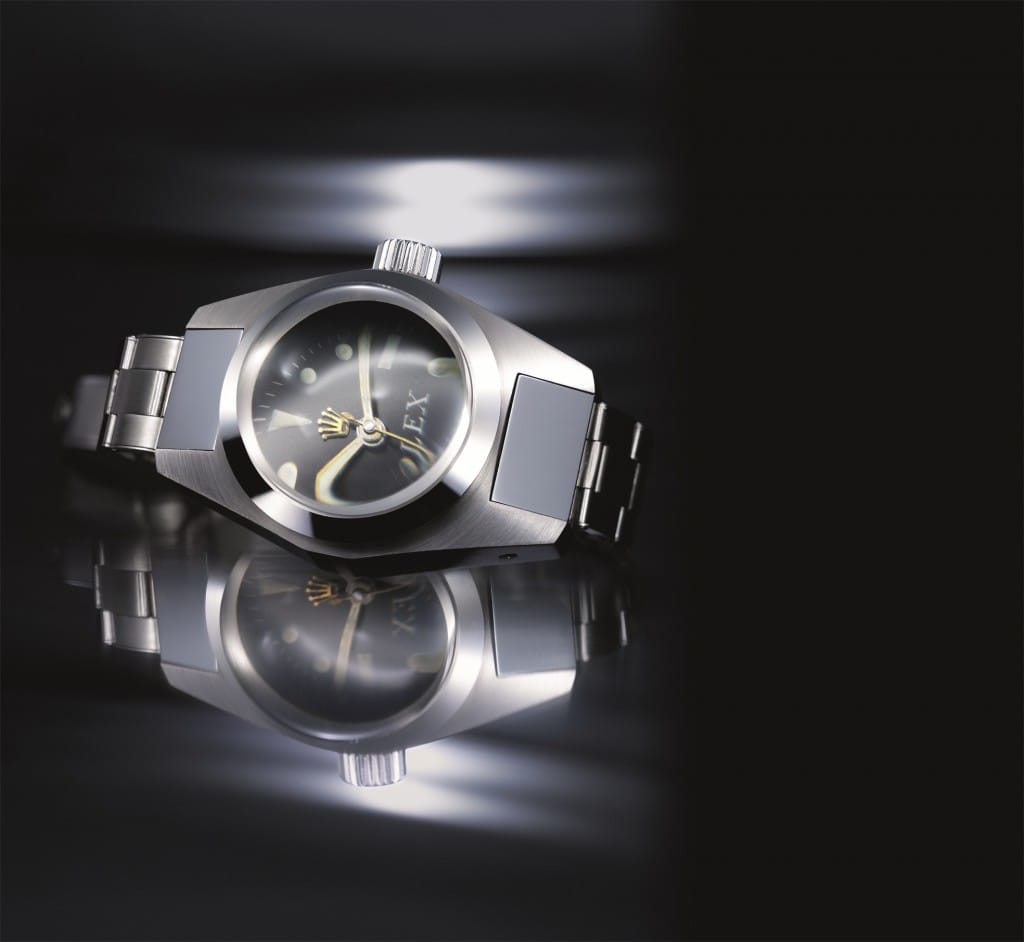
As Mercedes Gleitze’s swim demonstrated the Oyster case’s ability to withstand prolonged water exposure, Rolex set their sights throughout the 1930s on enhancing its credentials for keeping water out even at great depths. This decade saw Rolex partner with explorers, naval officers, and elite divers to push the Oyster to its limits in real-word trials across the world’s oceans.
Feedback from submarine crews and early scuba divers going deeper necessitated continual improvements like thicker casebacks and patented expanding case back ribs to handle intense water pressure. Rolex released updated Oyster models like the 1930 Rolex Oyster Deep Sea Special with a Club Zulu logo showcasing its robustness. By the 1940s, British Royal Navy divers depended on Rolex Oysters during World War II operations.
In the 1950s, Rolex engineered a watch specifically built for diving’s demands called the Submariner showcasing an oversized winding crown along with trademark round Oyster case proportions. Rolex touted the Submariner as waterproof to 330 feet with a rotating timing bezel becoming the benchmark for modern dive watches. Whether withstanding record dives or routine saturation plunges, the Oyster kept perfecting its submarine prowess at increased depths decade after decade. By 1967, Rolex introduced the legendary Sea-Dweller model waterproof up to 1500 feet using a patented helium escape valve created specifically for experimental deep-sea dives.
Modern Robustness & New Models
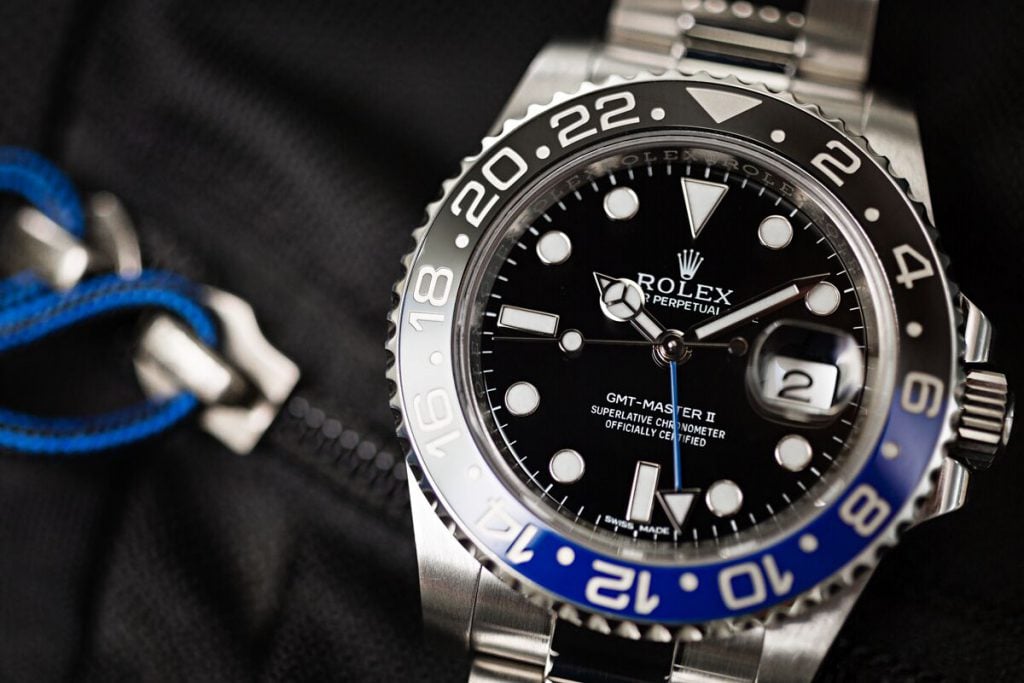
By the 1970s, the fundamental Oyster architecture stood the test of time across decades of ocean exploration. While always improving minor details, Rolex largely locked in core case proportions with 40mm diameter Rolex Submariner or Rolex GMT Master models along with trademark cyclops magnification lens rotating bezels. Even as they unveiled novel technologies like ceramic bezels or dive bracelets, the essence of that initial 1926 Oyster prevailed protecting Rolex’s signature Calibers inside its fortress-like stainless case.
Rolex branched out the Oyster design into specialized models built for sailing’s demands like the beefy 44mm Yacht-Master debuted in 1992. This overbuilt case coupled bulky shoulders and crown guards to handle intense trauma from sea spray, temperature shifts, and accidental bumps. The Yacht-Master retained the Oyster hallmark of a powerfully functional elegance suited for purpose. By 2000, Rolex upgraded all Oyster cases to use harder 904L steel further bolstering wear and tear resilience especially important for its prized Daytona chronographs.
While the Oyster flies under the radar to spotlight more overt status symbols like the Presidential bracelet or fluted bezel, Rolex continues perfecting its proportions. Throughout the 1990s into models like the recent 2020 Oyster Perpetual 41, Rolex Oyster cases subtly adhere to the “golden ratio” with elegant spacing between lugs, bezels, even winding crown, and pushers. This mathematically pleasing harmony contrasts yet complements that bold utilitarianism cementing the Oyster as a pinnacle of industrial art.
After a century of protecting Rolex movements, the Oyster showcases how relentless dedication to precision engineering breeds timeless distinction. Its design provides a private sanctuary for fragile watchmaker’s craft yet supports mankind’s thirst for adventure in the most extreme environments on earth.
Conclusion
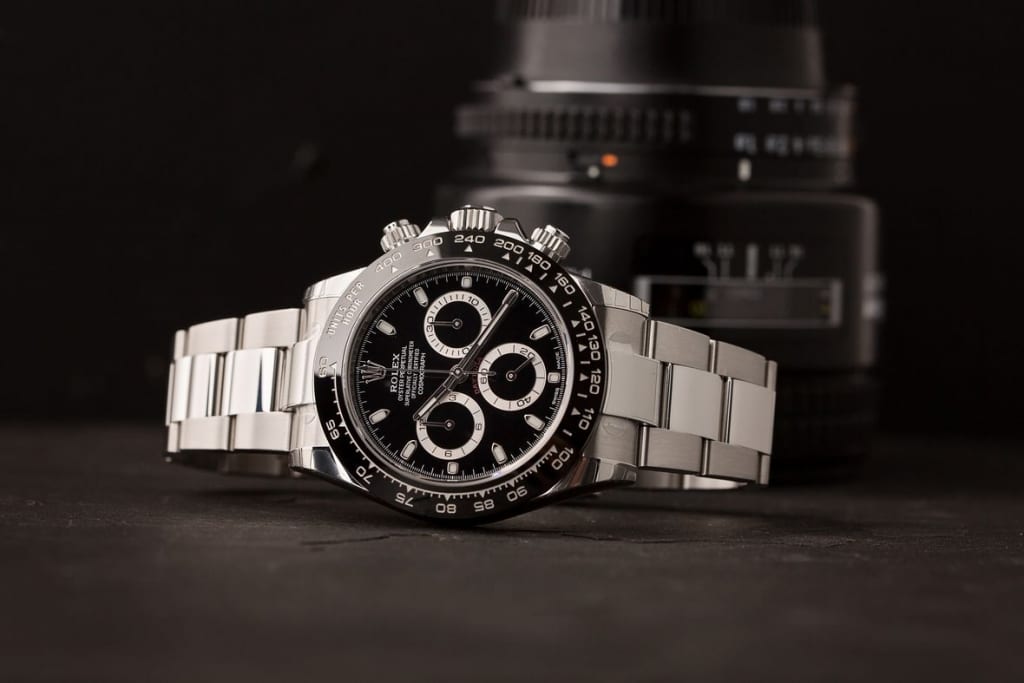
The Rolex Oyster case remains an icon of both form and function that irrevocably transformed wristwatches. Its waterproof and pressure-resistant fortress shielding delicate watch movements facilitated new eras of oceanic exploration, motorsports speed records, and aviation innovation at a time when watches were considered fragile jewelry. Rolex displayed immense foresight in perfecting the hermetic seal technology that allowed the mercurial magic of mechanical timekeeping to leave the safety of pocket watch cases and reliably endure real-world adventure. That pioneering spirit permeates through over 200 registered patents as subtle improvements accumulate year after year. Yet the core 1926 recipe of Rolex’s threaded sides concept persists sealing the Oyster’s prominence while new generations innovate on venerable foundations. Today’s catalog, brimming with diverse flavors of Submariner, GMT-Master, Yachtmaster and Daytona collections, all share DNA passed down from that inaugural small watertight case. The Oyster’s comprehensive legacy reminds us how bold cross-industry disruption and time-tested Swiss perseverance transform not just one company but an entire global industry.
